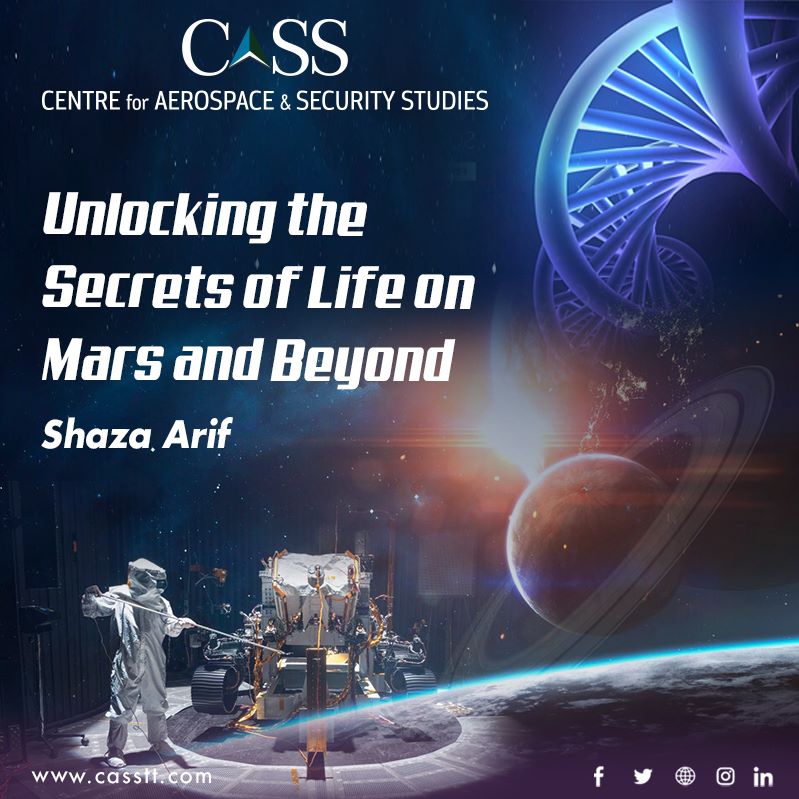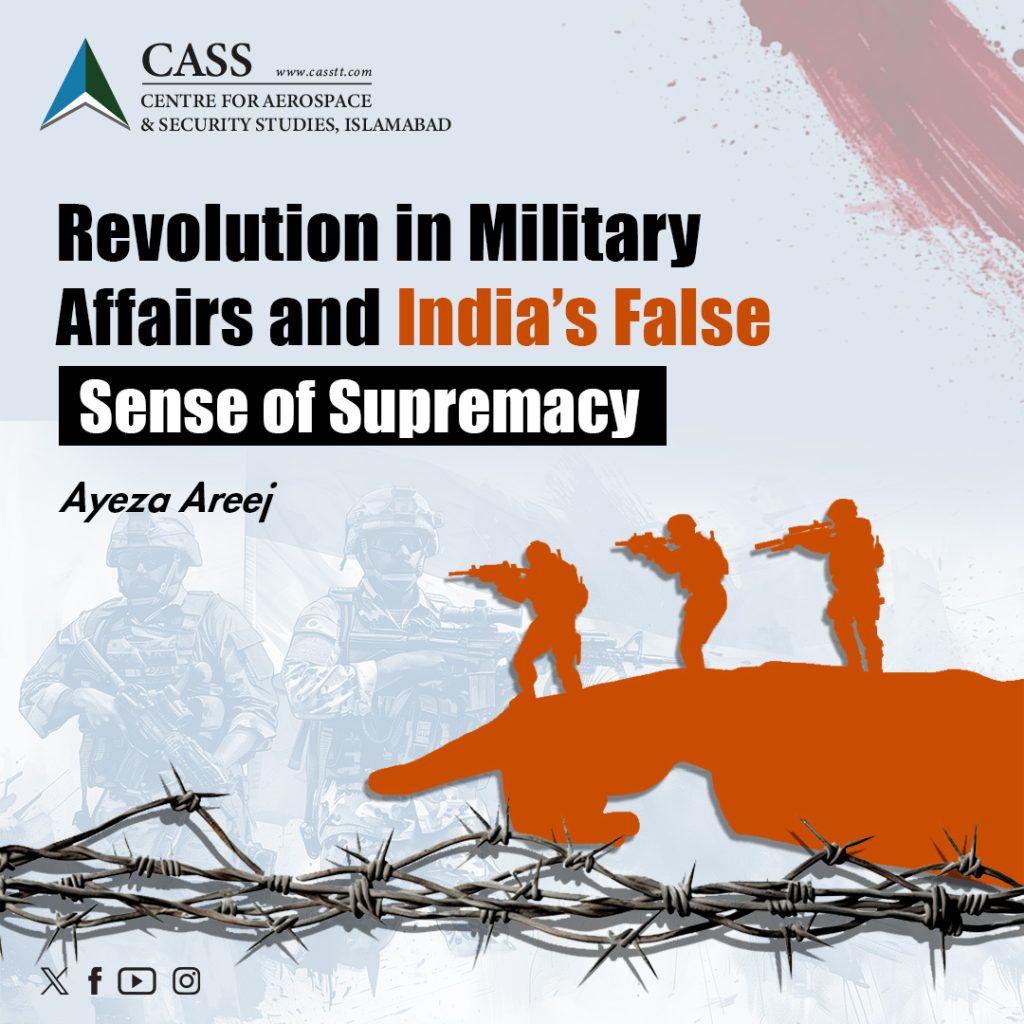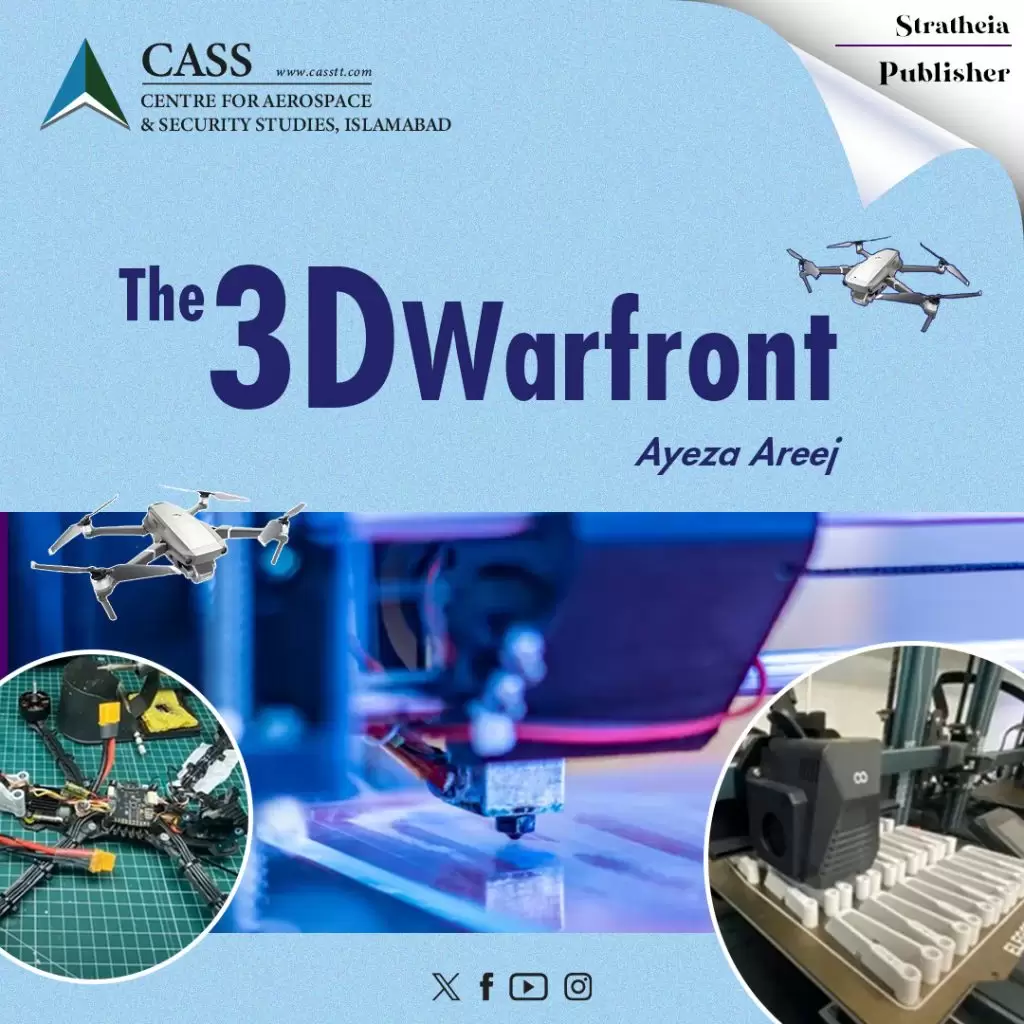The search for life on Mars has been a longstanding endeavor. Recent findings from the study ‘Orbit-to-Ground Framework to Decode and Predict Biosignature Patterns in Terrestrial Analogues,’ conducted by the Search for Extraterrestrial Intelligence (SETI) Institute, bring to mind the science fiction film ‘The Martian’ (2015). In the movie, an astronaut stranded on Mars uses his scientific expertise and resourcefulness to survive and find a way to communicate with Earth. A key theme of the movie is the search for signs of life on the planet, as the main character discovers evidence of microbial life in the planet’s soil. However, the study’s findings are different in that, instead of an astronaut, Artificial Intelligence (AI) is assumed to play a similar role in the future.
A diverse team of 50 researchers found that AI and Machine Learning (ML) techniques could help find life on Mars by identifying hidden patterns within geographical data. The study, led by Kim Warren Rodes, a senior research scientist at SETI, discovered the existence of microbial life concealed in salt domes and rocks at Salar de Pajonales, a region at the boundary of the Altiplano of the Chilean Atacama Desert. The area was chosen for the research because it bears an astounding resemblance to the arid plains of the red planet, owing to its dry and oxygen-deficient temperature.
The three-member team comprising Kim Warren-Rhodes, Michael Phillips, and Freddie Kalaitzis trained an ML model to identify the rules, patterns, and trends concerning the existence of life to anticipate and find those same distributions/patterns in data previously unknown to the model. The experiment relied on 7,765 images and 1,154 samples to detect microbes. The convolutional neural network was then used to identify the existing patterns. At the height of 3541 metres, the region has significant exposure to UV rays, making it extremely dry. However, living in mineral formations, traces of life were found in the area. As a result, statistical ecology combined with various AI/ML techniques made it possible to locate biosignatures up to 87.5% of the time. Previously, the rate of success was less than 10%, and the area required for the survey was reduced by 97%. In short, the framework allows predicting new patterns by which nature endures and disseminates itself in challenging landscapes. According to Kim Rhodes, ‘With these models, we can design tailor-made roadmaps and algorithms to guide rovers to places with the highest probability of harboring past or present life — no matter how hidden or rare.’
The findings of the experiment offer new hope for identifying life on Mars. The tools and techniques available to researchers are usually limited when searching for life beyond Earth, given the accessibility issues and resource constraints. However, in the future, it may be possible to automate algorithms and ML models on planetary robots, directing them toward regions that are most likely to harbor past or present life. This would lead to more precise exploration strategies and more focused and efficient space missions, which could maximise the probability of finding life and reduce the time, costs, and resources needed for this purpose. Additionally, if the distribution of biosignatures follows a recognisable patterns, it could catalyse the development of new technologies and techniques for exploring and studying other planets.
The experiment also revealed new information about the existence of life in extreme environments on Earth. This development could pave the way for future discoveries of new forms of life on Earth. By using AI and machine learning to discern patterns in the distribution of microbial life, researchers can discover new habitats where life thrives in unexpected ways. This could lead to discovering new species and novel biological processes that could have important implications for medicine, biotechnology, and other fields.
The interdisciplinary approach, which brings together experts from different fields, is crucial for tackling complex questions about the origins and distribution of life in the universe. The integration of statistical ecology, AI, and ML provides new insights into the mysteries of life and answers to some of the biggest questions in science.
Despite the risks associated with AI, the breakthroughs it provides in fields like astrobiology could be significant. The recent episode is a significant development as it provides a new direction for groundbreaking discoveries and further research. Overall, this highlights the importance of using AI and interdisciplinary approaches in the search for extraterrestrial life and understanding life on Earth.
Shaza Arif is a Research Assistant at the Centre for Aerospace & Security Studies (CASS), Islamabad, Pakistan. She can be reached at: [email protected].





